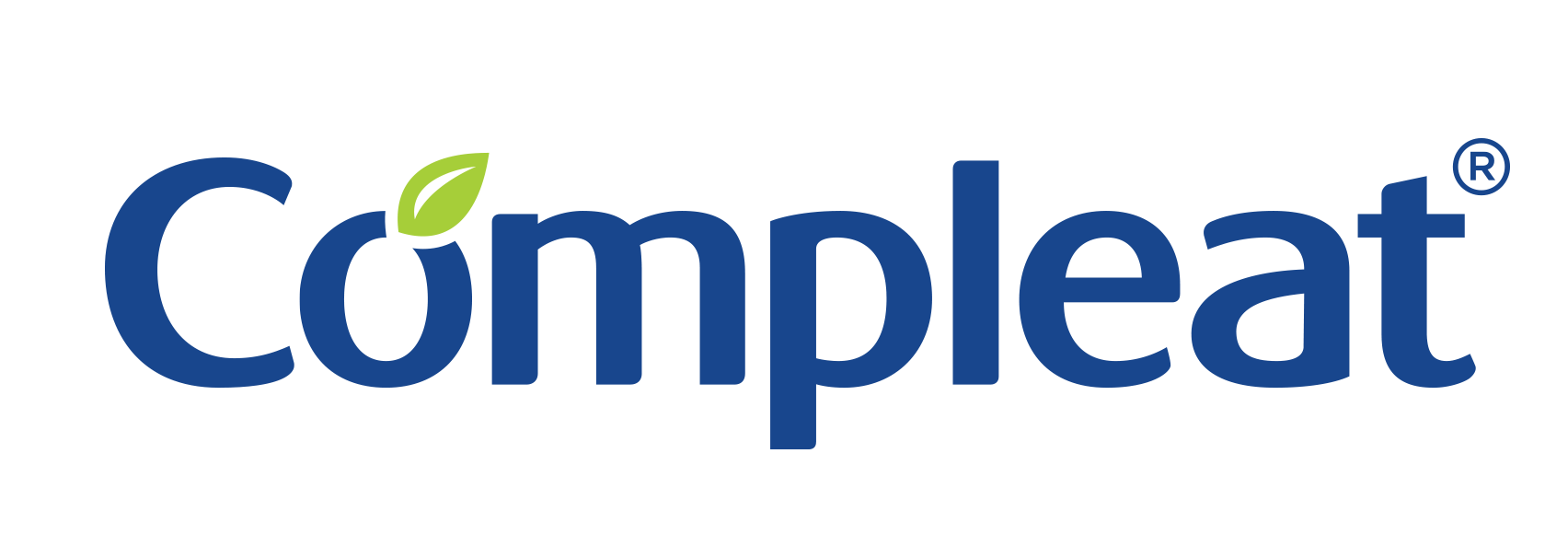Healthy Growing
Healthy Growing
Establishing healthy dietary patterns early in life can provide children with the foundation they need to support healthy growth and development. The diet quality of the average child, however, falls far short of specific nutrient needs based on the Dietary Guidelines for Americans.
In fact, on the Health Eating Index (HEI)* Scale of zero to 100, U.S. toddlers between the ages of two and four score an average diet quality score of 61 points. By age 14-18 years, that HEI score drops to 51.1
Foods and beverages containing protein and essential vitamins and minerals can help close nutrient gaps. From powders and ready-to-drink options with a variety of flavors to choose from, Nestlé Health Science offers a variety of kid-tailored, nutrient-packed options to help promote normal growth for children and teens.
* The Healthy Eating Index is a measure of diet quality that can be used to assess compliance with the Dietary Guidelines. A score of 100 indicates that recommendations on average were met or exceeded. A higher total score indicates a higher quality diet.
Healthy Growing
Healthy Growing
Establishing healthy dietary patterns early in life can provide children with the foundation they need to support healthy growth and development. The diet quality of the average child, however, falls far short of specific nutrient needs based on the Dietary Guidelines for Americans.
In fact, on the Health Eating Index (HEI)* Scale of zero to 100, U.S. toddlers between the ages of two and four score an average diet quality score of 61 points. By age 14-18 years, that HEI score drops to 51.1
Foods and beverages containing protein and essential vitamins and minerals can help close nutrient gaps. From powders and ready-to-drink options with a variety of flavors to choose from, Nestlé Health Science offers a variety of kid-tailored, nutrient-packed options to help promote normal growth for children and teens.
* The Healthy Eating Index is a measure of diet quality that can be used to assess compliance with the Dietary Guidelines. A score of 100 indicates that recommendations on average were met or exceeded. A higher total score indicates a higher quality diet.
Healthy Growing
> Products
- U.S. Department of Agriculture and U.S. Department of Health and Human Services. Dietary Guidelines for Americans, 2020-2025. 9th Edition. Retrieved from: https://www.dietaryguidelines.gov/
- Maternal and Child Nutrition: Executive Summary of the Lancet Maternal and Child Nutrition Series. The Lancet. 2015. Retrieved from: https://www.thelancet.com/pb/assets/raw/Lancet/stories/series/nutrition-eng.pdf
- Norris, SA, et al. Nutrition in adolescent growth and development. The Lancet. 2022;399(10320):172-184.
- Savarino, G., Corsello, A. & Corsello, G. Macronutrient balance and micronutrient amounts through growth and development. Ital J Pediatr 47, 109 (2021). https://doi.org/10.1186/s13052-021-01061-0
- Active Families: The Foundation for a Lifetime of Bone and Joint Health. The American Academy of Orthopedic Surgeons. Retrieved from: https://orthoinfo.aaos.org/en/staying-healthy/active-families-the-foundation-for-a-lifetime-of-bone-and-joint-health/
- Centers for Disease Control and Prevention. Micronutrient Facts. Retrieved from: https://www.cdc.gov/nutrition/micronutrient-malnutrition/micronutrients/index.html
- Centers for Disease Control and Prevention. Vitamin D. Retrieved from: https://ods.od.nih.gov/factsheets/VitaminD-Consumer/#h3
- Centers for Disease Control and Prevention. Iron. Retrieved from: https://ods.od.nih.gov/factsheets/Iron-Consumer/#h3
- Average percentage of individuals (ages 4–18) with usual dietary intake below the EAR (Estimated Average Requirement) or AI (Adequate Intake): Vitamin D 90%, Potassium 90%, Choline 90%, Vitamin E 85%, Vitamin K 70%, Calcium 50%. Scientific Report of the 2015 Dietary Guidelines Advisory Committee Appendix E-2.1


































